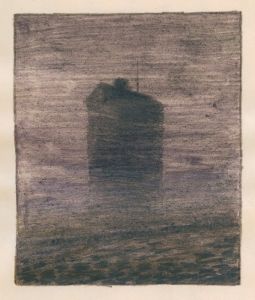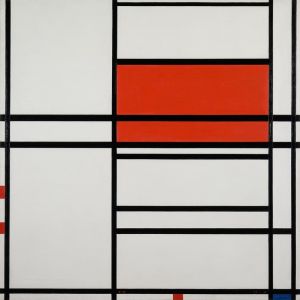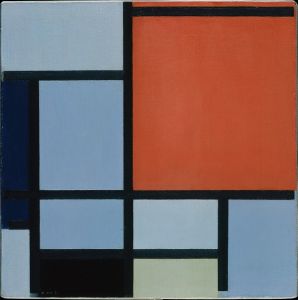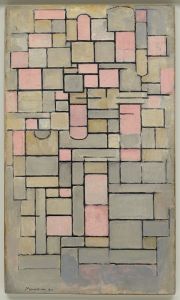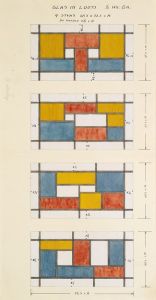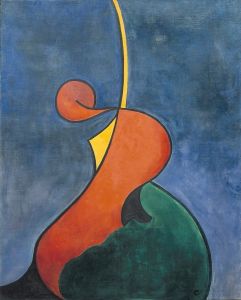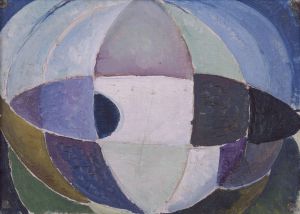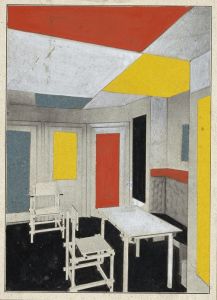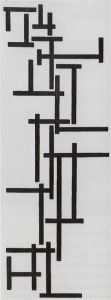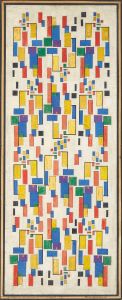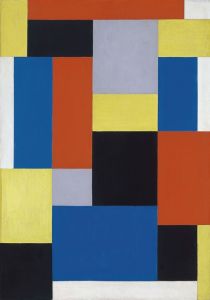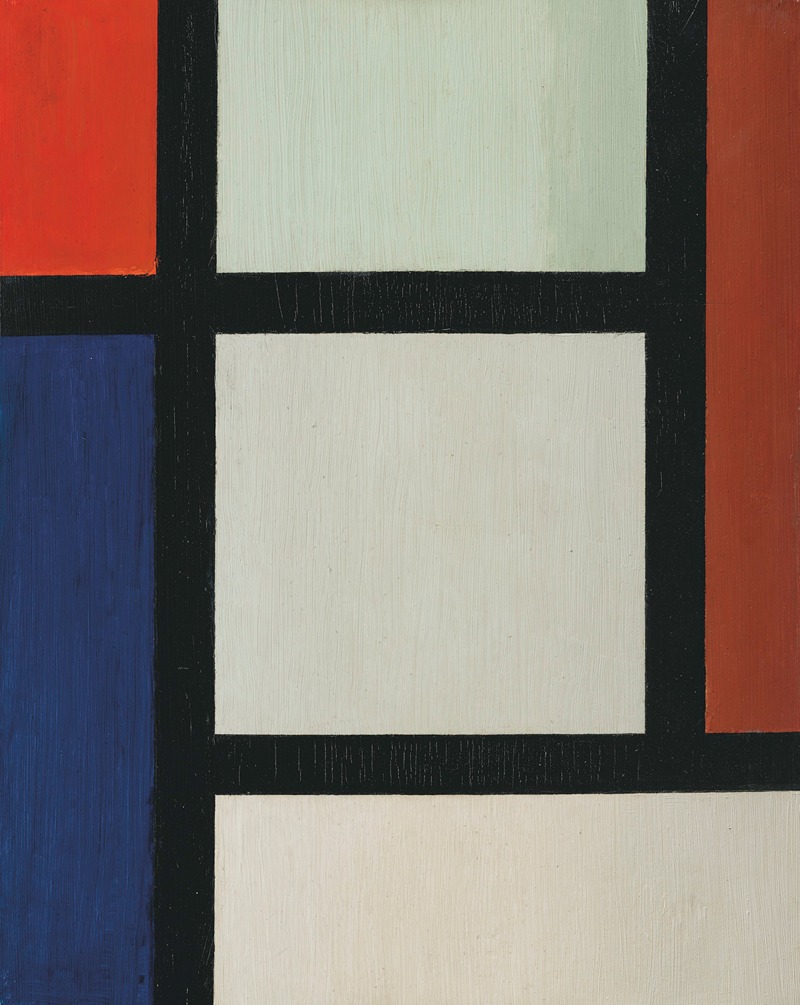
Contra-Composition
A hand-painted replica of Theo van Doesburg’s masterpiece Contra-Composition, meticulously crafted by professional artists to capture the true essence of the original. Each piece is created with museum-quality canvas and rare mineral pigments, carefully painted by experienced artists with delicate brushstrokes and rich, layered colors to perfectly recreate the texture of the original artwork. Unlike machine-printed reproductions, this hand-painted version brings the painting to life, infused with the artist’s emotions and skill in every stroke. Whether for personal collection or home decoration, it instantly elevates the artistic atmosphere of any space.
Theo van Doesburg's Contra-Composition is a series of abstract paintings created in the 1920s, exemplifying the principles of the De Stijl movement, of which van Doesburg was a leading figure. De Stijl, founded in 1917 in the Netherlands, emphasized geometric abstraction and sought to achieve harmony and order through the use of straight lines, primary colors, and asymmetrical balance. Van Doesburg, alongside other prominent members such as Piet Mondrian, played a significant role in shaping the movement's aesthetic and theoretical foundations.
The Contra-Composition works are characterized by their dynamic use of diagonal lines, which marked a departure from Mondrian's strict adherence to horizontal and vertical compositions. Van Doesburg referred to this approach as "Elementarism," a concept he introduced to expand the visual vocabulary of De Stijl. By incorporating diagonals, he aimed to create a sense of movement and tension within the composition, challenging the static equilibrium often associated with Mondrian's work. This divergence eventually led to a rift between the two artists, with Mondrian leaving the De Stijl group in 1924 due to ideological differences.
The Contra-Composition series typically features a limited palette of primary colors (red, blue, and yellow) along with black, white, and gray. Van Doesburg arranged these colors in geometric shapes, often rectangles and parallelograms, set against a neutral background. The diagonal orientation of the shapes disrupts the conventional grid structure, introducing a dynamic interplay of forms and spaces. This approach reflects van Doesburg's belief in the transformative power of art to influence and reflect modern life, aligning with the broader goals of the De Stijl movement to integrate art, architecture, and design.
One notable example from the series is Contra-Composition XVI (1925), which exemplifies van Doesburg's mature style within this framework. The painting demonstrates his mastery of balance and proportion, with carefully arranged shapes and colors creating a harmonious yet energetic composition. The work is often cited as a key representation of Elementarism and a pivotal moment in the evolution of abstract art.
Van Doesburg's Contra-Composition series has been influential in the history of modern art, inspiring subsequent generations of artists and designers. The works are housed in various collections worldwide, including major museums dedicated to modern and contemporary art. They continue to be studied and celebrated for their innovative approach to abstraction and their contribution to the legacy of the De Stijl movement.





